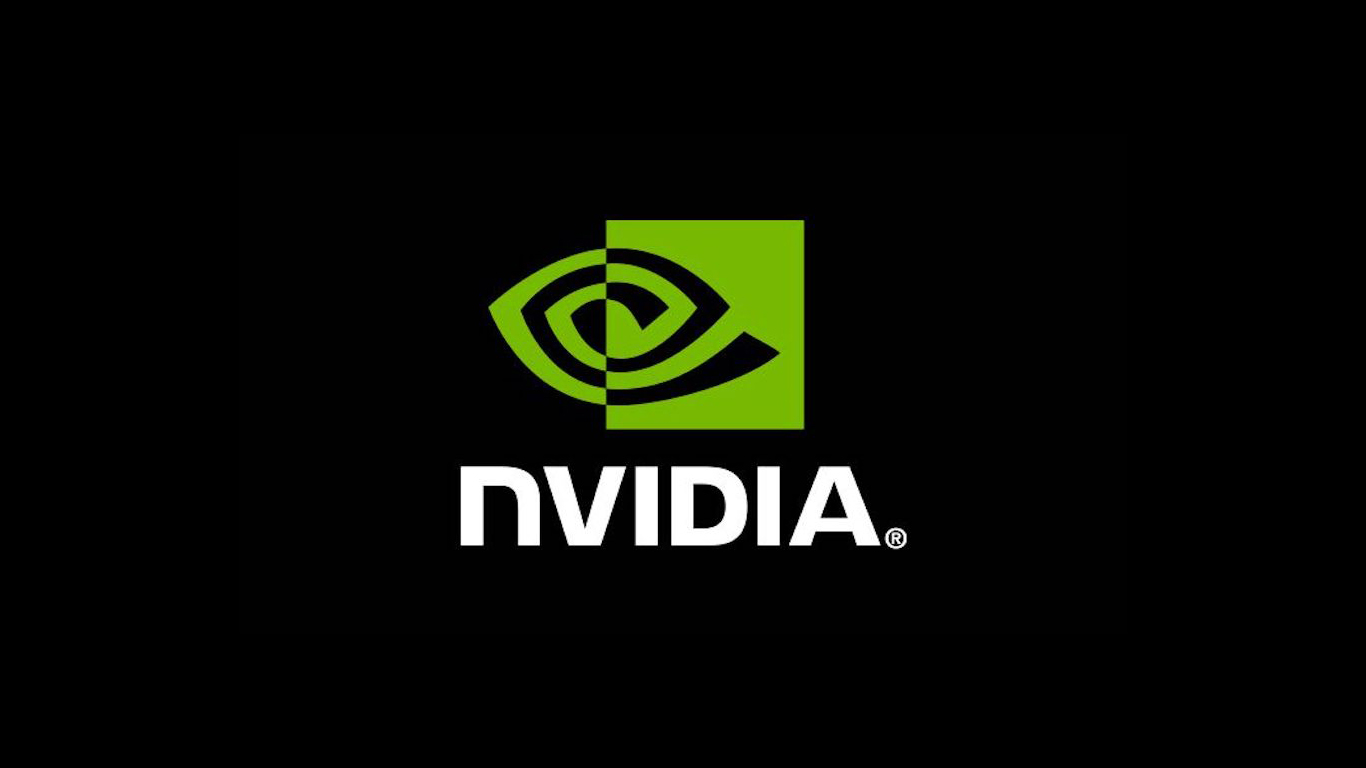
In early trading Tuesday, the Dow Jones industrials traded down 0.32%, the S&P 500 was down 0.3% and the Nasdaq traded down 0.11%. No one is taking any big chances with the first estimate of fourth-quarter gross domestic product due out Thursday.
Before U.S. markets opened on Tuesday, General Electric beat the consensus profit estimate but missed on revenue. The company issued downside guidance for 2023, but the spin-off of the health care business and strong demand for aircraft engines sent shares up by about 0.3% in early trading.
3M missed the consensus earnings per share (EPS) estimate but beat on revenue. The Dow component issued downside revenue guidance for the 2023 fiscal year. Shares traded down about 3.7%.
D.R. Horton beat expectations on both the top and bottom lines. The company said it would release guidance on its conference call later in the morning. The stock traded up about 1.7%.
Halliburton beat the consensus EPS estimate but missed on revenue and announced a 33% quarterly per-share dividend increase to $0.16. Shares traded up about 0.2% Tuesday morning.
Johnson & Johnson also topped the consensus profit estimate but fell short on revenue. Demand for Tylenol was very strong in the fourth quarter, according to Chief Financial Officer Joseph Wolk. We are not surprised. The shares traded down by less than 0.1%.
Lockheed Martin hammered estimates on both the top and bottom lines and issued guidance for fiscal 2023 that was in line with analysts’ consensus estimates. Shares traded up about 0.8% early Tuesday.
Raytheon missed the consensus revenue estimate and barely surpassed the profit estimate. The defense contractor said it would realign its business into three segments (Collins Aerospace, Pratt & Whitney and Raytheon) and reorganize in the second half of this year. Investors are expecting cost-cutting, obviously, and pushed the stock up by about 0.5% in early trading.
Verizon met the consensus EPS estimate and beat on revenue. Unfortunately, the telecom giant issued downside guidance, and investors were not amused. Shares traded down 0.9% Tuesday morning.
Look for quarterly results from ASML, Microsoft and Texas Instruments late Tuesday or early Wednesday. AT&T, Boeing, Freeport-McMoRan and NextEra Energy are also expected to report earnings before markets open on Wednesday.
After Wednesday’s closing bell, these four companies are scheduled to report results.
CSX
Shares of railroad operator CSX Corp. (NYSE: CSX) added nearly 3.5% over the past 12 months. U.S. rail traffic fell by 2.8% year over year in 2022 and is down 3.5% compared to the first two weeks of last year. Petroleum shipments are up 12.6% year over year, and motor vehicle shipments have increased by nearly 13.5% year over year. Intermodal (shipping containers) shipments are down 9.2% compared to the first two weeks of last year.
Since reaching a year-to-date high in early March, CSX stock is about 12.6%. CSX, Union Pacific and Norfolk Southern are reportedly mulling a plan to offer sick leave and make other scheduling changes for employees. The changes will be weighed against the railroads’ ability to pay dividends and fund buybacks.
Analysts remain bullish on CSX stock, with 17 of 28 having a Buy or Strong Buy rating and 10 more rating it at Hold. At a recent trading price of around $32.00, the upside potential to a median price target of $35.00 is about 9.4%. At a high price target of $39.00, the upside potential rises to 21.9%.
For the fourth quarter of fiscal 2022, analysts have forecast revenue at $3.72 billion, which would be down 4.5% sequentially but 8.5% higher year over year. Adjusted EPS are forecast at $0.47, down 10.4% sequentially and up by 11.9% year over year. For the full fiscal year, analysts forecast EPS of $1.89, up 21% year over year, and revenue of $ 14.84 billion, up 18.5%.
CSX stock trades at 17.0 times expected 2022 EPS, 17.0 times estimated 2023 EPS of $1.89 and 15.9 times estimated 2024 earnings of $2.02 per share. The stock’s 52-week trading range is $25.80 to $38.63. The company pays an annual dividend of $0.40 (yield of 1.25%). Total shareholder return over the past year is negative 4.84%.
IBM
Shares of International Business Machines Corp. (NYSE: IBM) have added about 9.7% over the past 12 months. The stock has risen more than 10% in the past six months but has traded basically flat for the past month.
In 2022, IBM had a better year than any tech company, with a market cap of more than $50 billion. IBM’s spin-off of Kyndrl and focus on hybrid cloud adoption has paid off, as has its consulting business. In November, Big Blue announced a 400+ qubit quantum processor with a goal of achieving 4,000+ qubits by 2025. The company also has downplayed its long-time focus on piling up patents. Is this a turnaround that will last?
Of 17 brokerages covering IBM, 11 have a Hold rating and five rate the stock at Buy or Strong Buy. At a price of around $142.00 a share, the implied upside based on a median price target of $145.00 is about 2.1%. At the high price target of $165.00, the implied upside is 16.2%.
Fourth-quarter revenue is expected to come in at $16.38 billion, up 16.1% sequentially but down 1.9% year over year. Adjusted EPS are forecast at $3.61, up 99.5% sequentially and by 7.8% year over year. The full-year estimates call for EPS of $9.06, up 14.2%, on sales of $60.22 billion, up 5%.
IBM stock trades at 15.7 times expected 2022 EPS, 14.8 times estimated 2023 earnings of $9.56 and 14.0 times estimated 2024 earnings of $10.14 per share. The stock’s 52-week range is $115.55 to $153.21. IBM pays an annual dividend of $6.60 (yield of 4.65%), and total shareholder return for the past 12 months is 15.1%.
Lam Research
Semiconductor equipment maker Lam Research Corp. (NASDAQ: LRCX) posted its 12-month high exactly one year ago. Since then, the stock is down about 19%. The better news is that the shares are up almost 33% over the past three months and more than 19% in the past month.
The less-good news is that earnings growth had recovered from a fiscal third-quarter dip in March, but the outlook for the December quarter is lower sequentially, and sales are also expected to dip through the end of the June quarter. Lam is not expected to get a significant boost from increased federal support for the tech industry.
Of 26 brokerages covering Lam Research, the stock is rated as a Buy or Strong Buy by 16 and a Hold by the other 10. The consensus price target is $500.00, and at a recent price of around $490.80, the upside potential is 1.9%. At the high target of $620.00, the upside potential is about 26.3%.
Fiscal second-quarter revenue is forecast at $5.08 billion, up 0.2% sequentially and by 20.1% year over year. Adjusted EPS are forecast at $10.00, down 4.0% sequentially but 17.2% higher year over year. For the 2023 fiscal year ending in June, analysts expect Lam Research to report EPS of $34.44, up 4%, on sales of $18.1 billion, up 5%.
Lam Research stock trades at 14.2 times expected 2023 EPS, 18.0 times estimated 2024 earnings of $27.33 and 13.9 times estimated 2025 earnings of $35.19 per share. The stock’s 52-week range is $299.59 to $623.24. The company pays an annual dividend of $6.90 (yield of 1.41%). Total shareholder return over the past year is negative 18.9%.
Tesla
Despite a year-to-date gain of more than 16%, shares of Tesla Inc. (NASDAQ: TSLA) are down about 54.5% over the past 12 months. The company’s tribulations have been attributed partly to CEO Elon Musk’s preoccupation with Twitter and growing competition from legacy automakers that are finally getting their electric vehicles out the door.
The company’s recent price cuts brought most of its models under the roof of a $7,500 federal tax credit for buyers of certain EVs. Tesla raised the lowered price tag of its Model Y to $53,490 on Monday night, an increase of $500 from the previous price of $52,990. Tesla has a lot of margin to play with and has a good chance to keep the pressure on new entrants to the market. Now, the company has to figure out a way to beat BYD in China.
Sentiment toward Tesla remains bullish. Of 34 analysts covering the stock, 20 have a Buy or a Strong Buy rating and 10 more have Hold ratings. At a share price of around $144.20, the implied upside based on a median price target of $183.00 is 26.9%. Based on a high price target of $320.00, the upside potential is nearly 122%.
Analysts expect Tesla to post fourth-quarter revenue of $24.26 billion, up nearly 30% sequentially and by almost 37% year over year, and adjusted EPS of $1.11, up 5.8% sequentially and 30.6% higher year over year. For the full 2022 fiscal year, estimates call for EPS of $3.95, up nearly 75%, on sales of $81.54 billion, up 51.5%.
Tesla stock trades at 36.7 times expected 2022 EPS, 33.2 times estimated 2023 earnings of $4.38 and 24.2 times estimated 2024 earnings of $6.02. The stock’s 52-week range is $101.81 to $384.29. Tesla does not pay a dividend. Total shareholder return over the past year is negative 53%.
It’s Your Money, Your Future—Own It (sponsor)
Are you ahead, or behind on retirement? For families with more than $500,000 saved for retirement, finding a financial advisor who puts your interest first can be the difference, and today it’s easier than ever. SmartAsset’s free tool matches you with up to three fiduciary financial advisors who serve your area in minutes. Each advisor has been carefully vetted and must act in your best interests. Start your search now.
If you’ve saved and built a substantial nest egg for you and your family, don’t delay; get started right here and help your retirement dreams become a retirement reality.
Thank you for reading! Have some feedback for us?
Contact the 24/7 Wall St. editorial team.

 24/7 Wall St.
24/7 Wall St.



